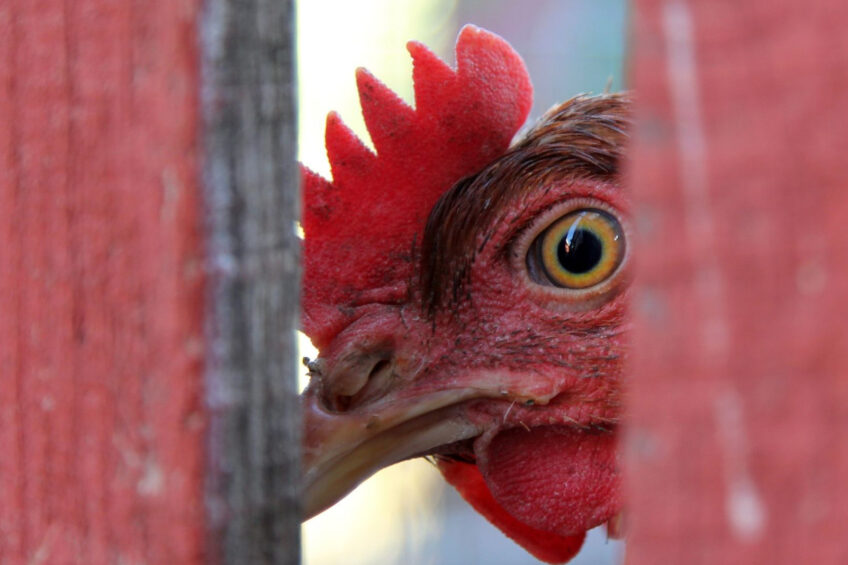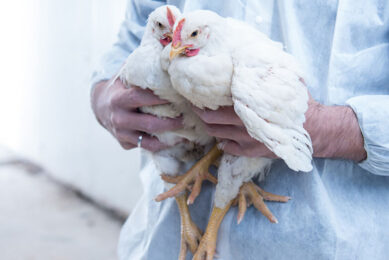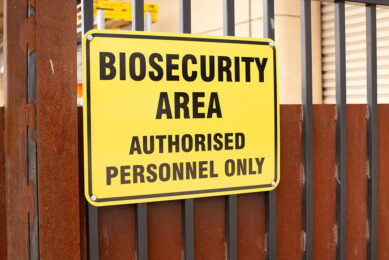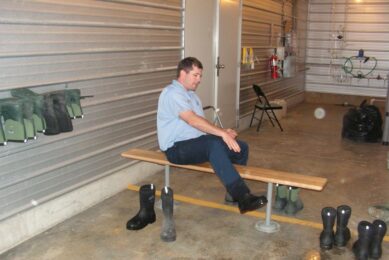Taking biosecurity seriously

Last year, Canada’s Poultry Industry Council, in partnership with the Ontario Government and the University of Guelph, produced a DVD entitled “Practical Biosecurity, from Farmers for Farmers”, writes Dr Peter Hunton for World Poultry.
This is a timely reminder that one of the cheapest ways of controlling infectious diseases is to prevent the organisms responsible for them from accessing poultry farms. The first thing that struck me when viewing the video was that there was nothing new! This is not a criticism: If we only applied all of the known, proven practices associated with biosecurity, we would have a healthier worldwide poultry flock. Canadian veterinarian, Jean-Pierre Vaillancourt of the University of Montreal, showed several years ago that the main thing holding back effective biosecurity was not lack of knowledge, but lack of application.
What we are trying to do is keep whatever bacterial or viral populations existing within the farm inside, and prevent populations outside from coming in. Mixing species is seriously discouraged, as is mixing ages of the same species. Layers and meat chickens together is as bad as having two different species. The first real challenge is cleaning and disinfection. Removing all visible dirt, dust, and manure is the first priority before any attempt at disinfection. The longer the facility remains empty, the more effective is disinfection. Egg producers in Ontario, Canada, now have a mandatory seven-days down time.
The next point is access control. Gates, locks, signs, anything to keep people out. History shows that many disease outbreaks occurred because people carried infectious organisms from one farm to another. One of the most devastating outbreaks of avian influenza in the US was caused by people from an infected live-bird market travelling around the country buying chickens.
Whole books could be written about day-to-day management and biosecurity. Subjects would include: rodent and insect control, the source and storage of bedding, record keeping and most important, walking the poultry house, a constant process involving looking, listening and smelling what is happening.
Handling, storing and disposing of manure is another huge subject. Drying, composting and other treatments can be used to transform manure from a liability to a valued by-product, but this may require investment and ingenuity. However, avenues definitely exist for such activity. Is there a guarantee that biosecurity will keep us safe from devastating disease? No! Does it help in reducing risk and severity of disease outbreaks? You bet it does!
Join 31,000+ subscribers
Subscribe to our newsletter to stay updated about all the need-to-know content in the poultry sector, three times a week. Beheer
Beheer








 WP Admin
WP Admin  Bewerk bericht
Bewerk bericht